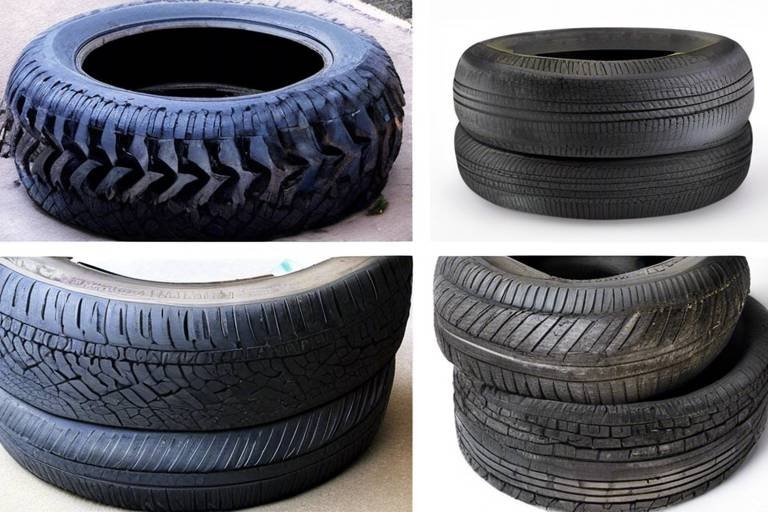Refashion Old Jeans into Quilt
Are you sitting on a pile of old jeans that you just can't bear to throw away? Instead of letting them gather dust in the back of your closet, why not transform them into a beautiful quilt? This creative upcycling project not only helps the environment by reducing textile waste but also allows you to express your unique style. Imagine snuggling under a cozy quilt made from your favorite denim pieces, each stitch telling a story of memories and adventures. In this article, we will guide you through the entire process of turning those old jeans into a stunning quilt that you can proudly display in your home.
Upcycling is all about breathing new life into old materials, and denim is one of the best fabrics to work with due to its durability and versatility. Whether you're a seasoned sewer or a complete novice, this project is accessible to everyone. Plus, you'll have the satisfaction of creating something functional and stylish while keeping your old jeans out of landfills. So, grab your scissors and sewing machine, and let’s dive into the exciting world of denim quilting!
Upcycling old jeans not only reduces waste but also allows for creative expression. By turning your denim into a cozy quilt, you're participating in a movement that values sustainability and creativity. Think about it: every time you snuggle under your quilt, you're reminded of the adventures you had in those jeans. It’s like wrapping yourself in a warm hug of nostalgia!
On a larger scale, upcycling helps minimize the environmental impact of clothing production. The fashion industry is one of the largest polluters in the world, and by choosing to upcycle, you're making a conscious decision to combat this issue. So, not only do you get a beautiful quilt, but you also contribute to a healthier planet. Isn’t that a win-win?
Before you embark on your quilting journey, it's essential to gather all necessary materials. Here’s a quick rundown of what you’ll need:
- Old jeans (the more, the merrier!)
- Scissors
- Sewing machine
- Thread (preferably matching the denim colors)
- Quilt batting
- Iron
- Measuring tape
- Fabric pins
Having your materials ready will make the process smoother and more enjoyable. Plus, it gives you a chance to sort through those old jeans and reminisce about the good times you had in them. Who knows, you might find a hidden treasure in those pockets!
Selecting the right pairs of jeans is crucial for your quilt's design. You want to choose jeans that offer a variety of colors, textures, and patterns to create visual interest in your quilt. When picking your denim, consider:
- Color: Mixing light and dark denim can create a beautiful contrast.
- Texture: Different styles like distressed, faded, or raw denim can add depth.
- Condition: Ensure that the jeans are still in good shape; avoid heavily worn areas unless you want to incorporate them as a design element.
Understanding color combinations can enhance your quilt's aesthetic appeal. For example, pairing dark blue denim with light blue and gray can create a stunning gradient effect. Play around with your jeans to find combinations that resonate with your style and vision.
Not all denim is created equal. When assessing the quality of your jeans, look for the following:
- Stitching: Make sure the seams are intact and not fraying.
- Fabric weight: Heavier denim will provide more durability.
- Elasticity: Some stretch in the fabric can add comfort to your quilt.
Once you’ve selected your jeans, it’s time to prepare them for quilting. This preparation phase is key to ensuring your quilt turns out beautifully!
Q1: How many pairs of jeans do I need for a quilt?
A1: The number of jeans needed depends on the size of the quilt you want to make. Generally, 4-6 pairs can yield a small lap quilt, while 8-12 pairs may be needed for a larger one.
Q2: Can I mix different types of denim?
A2: Absolutely! Mixing different types can add character to your quilt. Just keep in mind the overall color scheme and texture for a cohesive look.
Q3: How do I care for my denim quilt after it's finished?
A3: Wash your quilt in cold water and tumble dry on low. This will help maintain its shape and color.
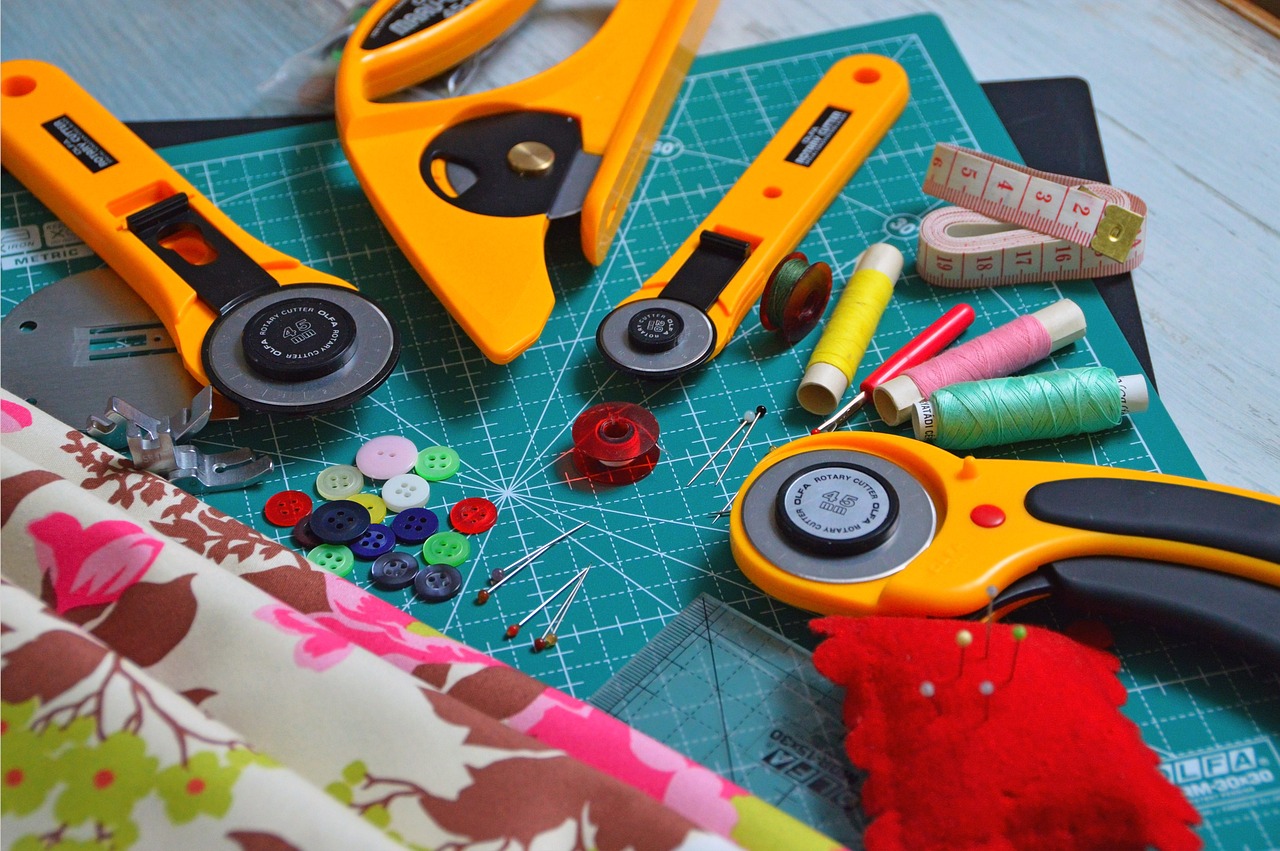
Understanding the Benefits of Upcycling
Upcycling old jeans into a cozy quilt is more than just a creative project; it's a fantastic way to contribute to a more sustainable world. With the fashion industry being one of the largest polluters globally, finding ways to repurpose clothing reduces waste and minimizes the environmental impact. By transforming your worn-out denim into a quilt, you’re not only giving new life to fabric that might otherwise end up in a landfill but also embracing a lifestyle that values creativity and sustainability.
Moreover, the act of upcycling allows for a profound level of creative expression. Each quilt tells a story, reflecting your unique style and memories associated with the jeans you’ve chosen. Perhaps those jeans were worn during a memorable vacation or were a favorite pair from your teenage years. Every stitch you sew can evoke nostalgia and warmth, making your quilt not just a functional item but a treasured keepsake.
Additionally, upcycling can be a therapeutic process. Engaging in hands-on activities like sewing can significantly reduce stress and promote mindfulness. As you cut, sew, and design, you enter a flow state where worries fade away, and creativity takes center stage. It's a wonderful way to unwind and express yourself, all while creating something beautiful and useful.
Here are some key benefits of upcycling your old jeans into a quilt:
- Environmental Impact: Reduces textile waste and conserves resources.
- Cost-Effective: Saves money compared to buying new fabrics.
- Personal Connection: Each piece holds memories, making the quilt special.
- Skill Development: Enhances sewing and crafting skills.
In conclusion, upcycling old jeans into a quilt is not just a practical endeavor; it’s a way to embrace sustainability, express creativity, and create something meaningful. So, gather those old jeans, and let your imagination run wild!
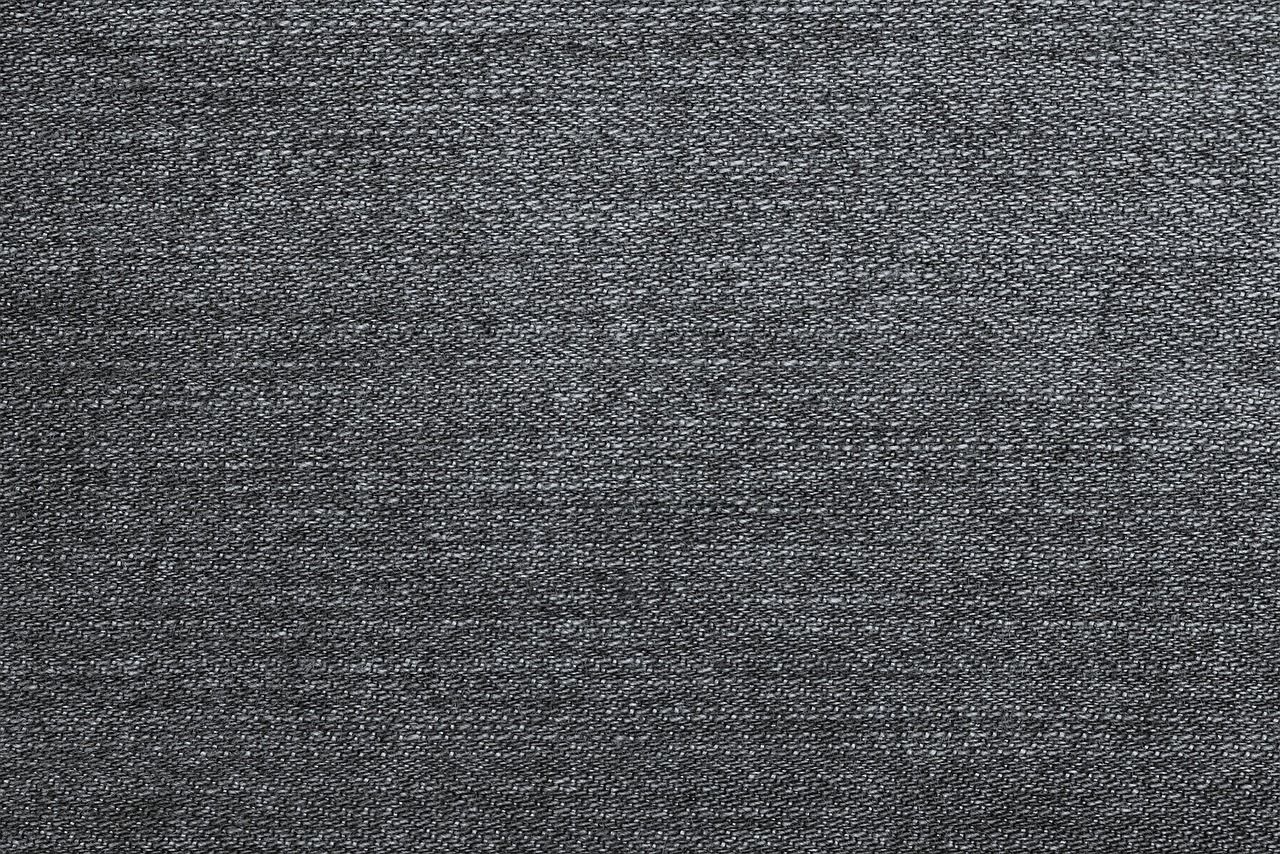
Gathering Your Materials
Before diving headfirst into the exciting world of quilting with your old jeans, it’s crucial to gather all the necessary materials. Think of this step as laying the foundation for a beautiful house; without the right tools and supplies, your quilt may not turn out as spectacular as you envisioned. So, what do you need to kick off this creative journey? Let’s break it down!
First and foremost, you’ll need a good selection of old jeans. This is the heart of your quilt, and choosing the right denim is essential. Aim for a variety of colors and textures to create an eye-catching design. Next, you’ll require some basic sewing tools:
- Sewing Machine: A reliable sewing machine will make your life much easier. Look for one that can handle thick fabrics like denim.
- Denim Needles: These needles are specially designed to pierce through heavy fabric without breaking.
- Thread: Opt for high-quality polyester thread, as it offers strength and durability.
- Scissors: A sharp pair of fabric scissors is essential for cutting through layers of denim.
- Measuring Tape: Accurate measurements are key to ensuring your quilt pieces fit together perfectly.
- Rotary Cutter and Mat: These tools can make cutting your denim pieces much easier and more precise.
In addition to these tools, you might want to consider some optional materials that can enhance your quilt:
- Backing Fabric: This is the fabric that will be on the back of your quilt. Choose something that complements your denim.
- Batting: This adds warmth and thickness to your quilt. Look for cotton or polyester batting, depending on your preference.
- Embellishments: Think about adding personal touches like patches, buttons, or even embroidery to give your quilt a unique flair.
Once you have all your materials in hand, it’s time to prepare for the fun part—transforming those old jeans into a cozy quilt! Remember, the more thought you put into gathering your materials, the smoother the quilting process will be. So, take your time, and don’t rush this important step!
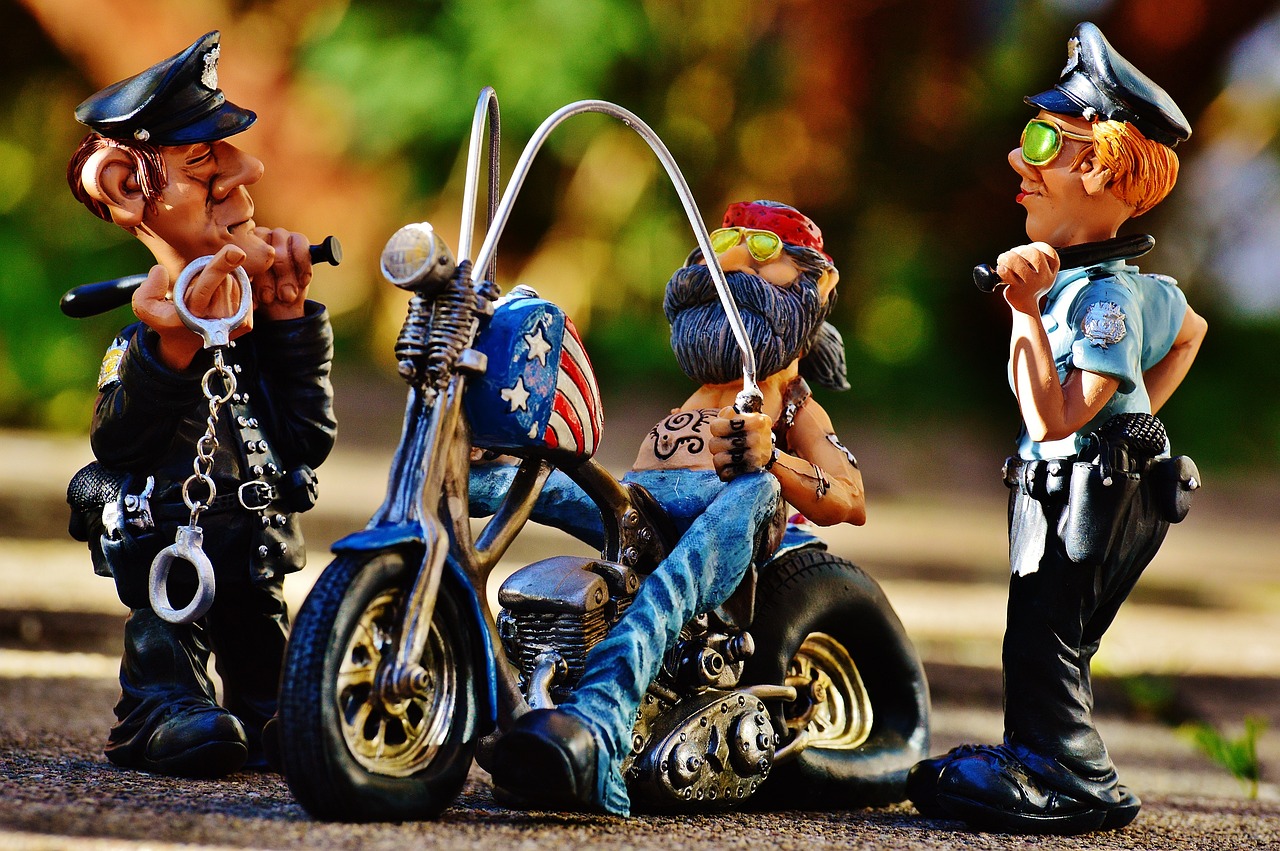
Choosing the Right Jeans
When it comes to transforming your old jeans into a beautiful quilt, the first step is choosing the right pairs. Not all jeans are created equal, and the quality, color, and texture of the denim you select will significantly impact the final product. So, how do you make the best choices? Let’s dive into some essential factors to consider.
Start by examining the color of your jeans. Denim comes in a variety of shades, from classic indigo to light washes, and even colored denim. Mixing different hues can create a visually stunning quilt. For instance, a combination of dark and light jeans can add depth and dimension to your quilt. Think about how you want your quilt to look; do you prefer a monochromatic scheme or a vibrant patchwork? Balancing colors can lead to a harmonious design that is both eye-catching and cozy.
Next, consider the texture of the denim. Different brands and styles of jeans can have varying textures, which can add interest to your quilt. Look for jeans that have unique features like distressing, embroidery, or different weaves. These elements can serve as focal points in your quilt, making it not just a functional item but also a piece of art. Remember, the goal is to create something that reflects your personal style.
Additionally, assessing the condition of your jeans is crucial. You want to ensure that the denim is durable enough to withstand the quilting process and the test of time. Inspect each pair for any rips or tears that might compromise the integrity of your quilt. If you find jeans with minor imperfections, consider how you can incorporate these flaws creatively. For example, a small hole can be turned into a decorative patch, adding character to your quilt.
Finally, don’t forget to think about the size of the jeans. Larger jeans will yield more fabric, which can be beneficial if you’re looking to create a larger quilt. However, smaller jeans can be used to create intricate designs or smaller quilts, like lap blankets or baby quilts. It’s all about how you envision your final product and what purpose it will serve.
In summary, choosing the right jeans for your quilt project involves a careful consideration of color, texture, condition, and size. By taking the time to select the best pairs, you’ll set a solid foundation for creating a quilt that is not only functional but also a unique expression of your creativity. So, gather those old jeans and start envisioning the beautiful quilt that awaits!
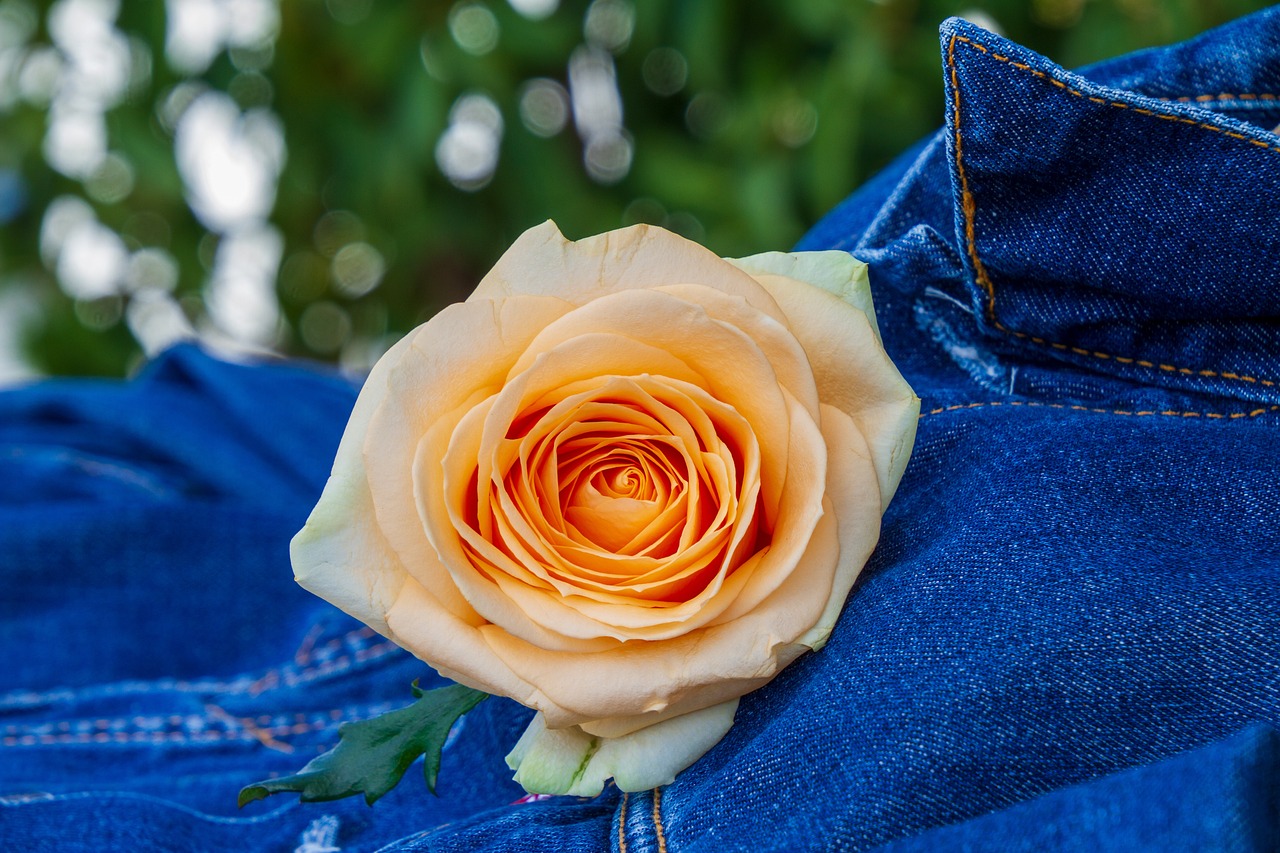
Denim Color Combinations
When it comes to creating a stunning quilt from old jeans, color combinations play a crucial role in achieving a visually appealing design. Denim comes in various shades, from light washes to deep indigos, and understanding how to mix and match these colors can elevate your quilt from ordinary to extraordinary. Think of your quilt as a canvas where each piece of denim is a brushstroke, contributing to a beautiful masterpiece.
To get started, consider the color wheel and how colors interact with one another. Complementary colors—those opposite each other on the color wheel—can create a striking contrast, while analogous colors—those next to each other—can offer a more harmonious and soothing effect. For example, pairing a light blue denim with a dark navy can create depth, while mixing various shades of blue can produce a calming and cohesive look.
Here are some popular denim color combinations to inspire your quilt design:
- Classic Blue and White: A timeless combination that never goes out of style. This mix can evoke feelings of freshness and cleanliness.
- Dark Indigo with Light Wash: This contrast adds a dynamic feel to your quilt, making it visually interesting and full of character.
- Black and Grey: For a more modern and sleek aesthetic, these darker shades can create a sophisticated look.
- Mixed Blues: Using different shades of blue can create a beautiful ombre effect, adding depth and texture to your quilt.
Additionally, don't shy away from incorporating denim with embellishments or unique patterns. Pockets, embroidered details, or even patches can introduce a pop of color and texture that makes your quilt truly one-of-a-kind. The key is to experiment and find what resonates with your personal style. Remember, your quilt is a reflection of you, so make it as unique as your journey!
As you gather your denim, take a moment to lay out your pieces and visualize how the colors will interact. Sometimes, simply placing the fabrics next to each other can spark inspiration and lead to unexpected combinations that work beautifully together. Trust your instincts, and don't be afraid to step outside the box—after all, quilting is as much about the process as it is about the final product!
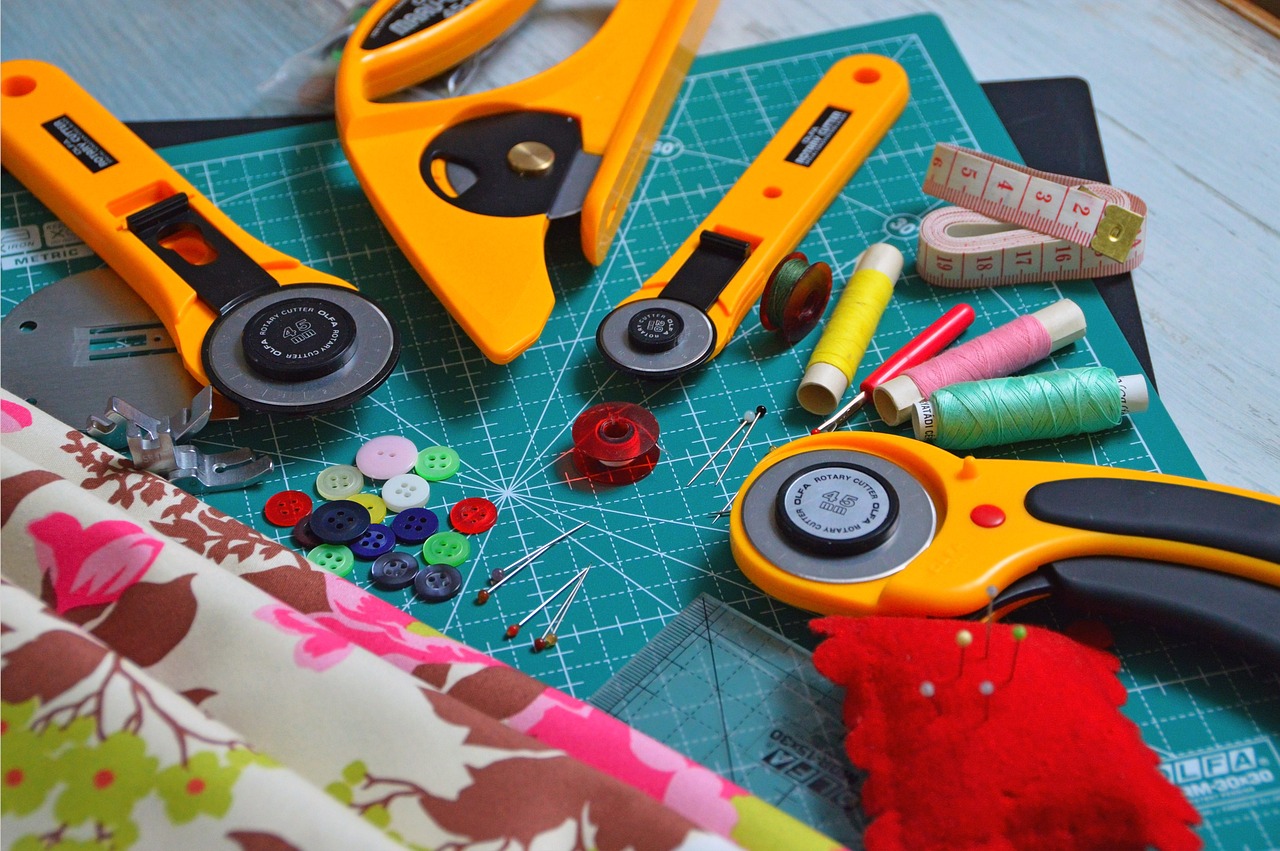
Assessing Denim Quality
When embarking on your journey to transform old jeans into a stunning quilt, one of the most critical steps is assessing the quality of the denim. Not all denim is created equal, and the durability of your quilt largely depends on the fabric you choose. So, how do you determine which jeans are worthy of being repurposed? Let’s dive into some essential factors to consider.
First off, check the weight of the denim. Heavier denim, typically found in jeans labeled as 'denim' or 'canvas', tends to be more durable and can withstand the wear and tear of a quilt. Lightweight denim, while softer and easier to work with, may not hold up as well over time. A good rule of thumb is to opt for jeans that have a weight of at least 10 ounces. You can often find this information on the care label or by feeling the fabric.
Next, examine the condition of the jeans. Look for any signs of wear, such as fraying seams, holes, or excessive fading. While some wear can add character to your quilt, significant damage may compromise its structural integrity. If you find jeans with small imperfections, consider how you might incorporate those sections creatively, perhaps by using them as patches or embellishments. Remember, a little wear can tell a story!
Another important aspect is the denim’s stretch factor. Jeans that contain spandex or other stretchy materials can be more challenging to sew and may not hold their shape as well as 100% cotton denim. If you’re unsure, opt for traditional denim without stretchy blends to ensure a more straightforward quilting process and a more stable final product.
Lastly, consider the color and dye. Some jeans have unique washes or patterns that can add visual interest to your quilt. However, be cautious of jeans that bleed dye when washed, as this can affect the overall look of your quilt. A simple test is to dampen a small area of the fabric and press it with a white cloth; if color transfers, it might be best to skip those jeans.
In summary, assessing denim quality involves checking the weight, condition, stretch, and dye of your jeans. By taking the time to evaluate these aspects, you’ll ensure that your quilt not only looks beautiful but also stands the test of time. Happy quilting!
- What type of denim is best for quilting? Generally, medium to heavy-weight cotton denim works best for quilting due to its durability and ease of handling.
- Can I use jeans with holes or frays? Yes! Holes and frays can add character to your quilt, but ensure they’re not too extensive to compromise the quilt's structure.
- How do I prevent dye bleeding from my denim? Always wash your denim before starting your project, and consider using color catchers in the wash to minimize dye transfer.
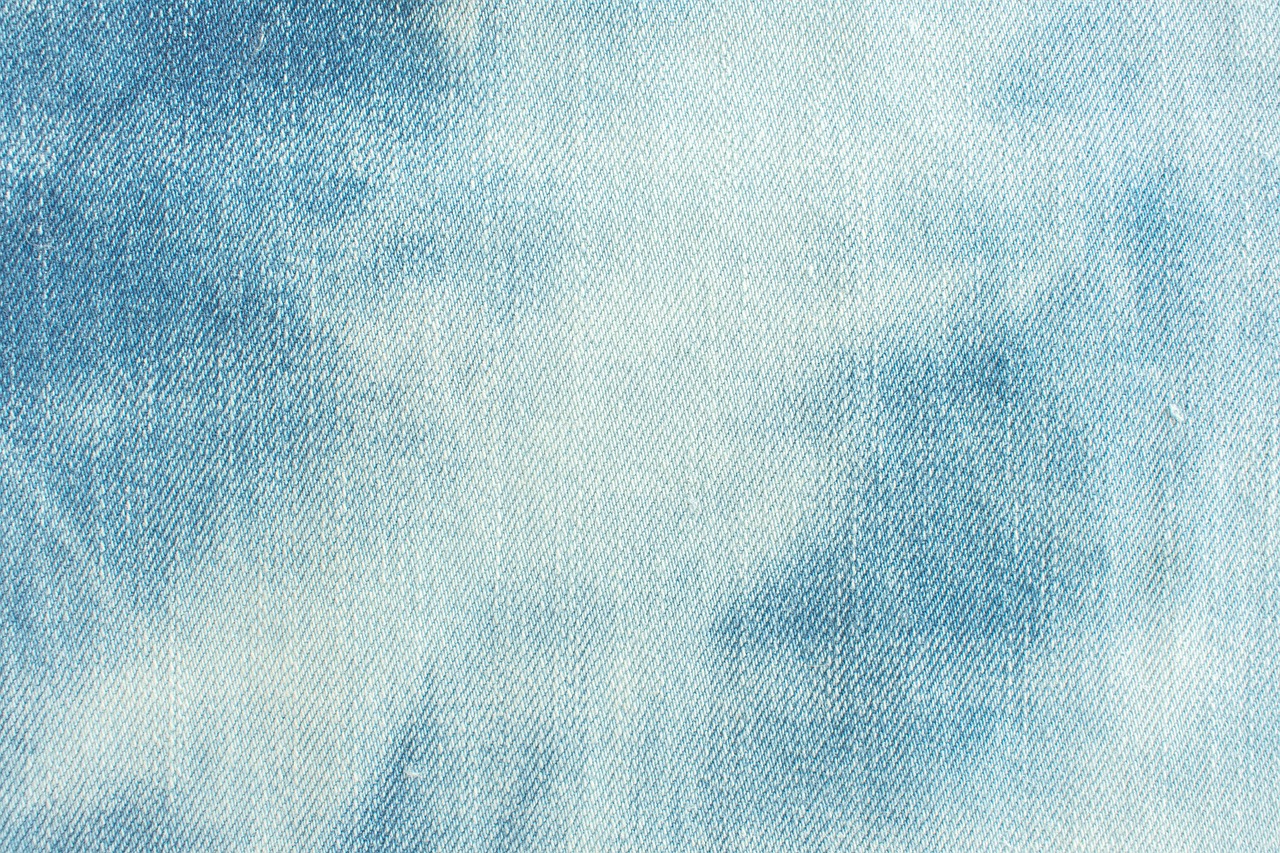
Preparing Your Denim for Quilting
Before you dive into the exciting world of quilting with your old jeans, it's essential to take a few preparatory steps to ensure your project is a success. Think of this phase as laying the groundwork for a beautiful piece of art; just like a painter prepares their canvas, you need to prepare your denim. Start by giving your jeans a thorough wash. This not only removes any dirt or grime but also helps to eliminate excess dye that could bleed onto other fabrics later on. Use a gentle detergent and consider washing them in cold water to preserve the fabric's integrity.
After washing, it's time to assess the condition of your jeans. Look for any areas that may be heavily worn or damaged. While some wear can add character to your quilt, you'll want to avoid pieces that are too frayed or have holes that can't be incorporated into your design. Once you've selected your denim pieces, it's time to cut them to size. Grab a rotary cutter or fabric scissors, and start cutting your jeans into squares or rectangles, depending on your quilt's design. A common size for quilt patches is 6 inches by 6 inches, but feel free to adjust this based on your vision.
As you cut, keep in mind that the edges of denim can fray, so consider using a zigzag stitch along the edges of your patches to prevent this. This little step can save you a lot of hassle in the long run! If you want to add a touch of flair, think about incorporating pockets or seams into your quilt. These elements can serve as functional pockets in your quilt or simply add interesting textures and patterns.
Finally, before you start sewing, it's a good idea to iron your denim pieces. This will help remove any wrinkles and make it easier to work with. Lay your patches flat on the ironing board, and use a medium heat setting to press them. Be cautious not to scorch the fabric. Once everything is prepped and ready, you're not just ready to sew; you're ready to create a stunning quilt that tells a story through every stitch!
- Can I use any type of denim for quilting? While most denim works well, it's best to avoid extremely stretchy or lightweight denim, as these can be challenging to sew and may not hold up over time.
- How do I prevent my quilt from being too heavy? If you're concerned about weight, consider mixing your denim with lighter fabrics or using fewer layers in your quilt.
- What is the best way to clean my denim quilt? For maintenance, it's typically safe to wash your quilt in cold water on a gentle cycle. Air drying is recommended to preserve the fabric.
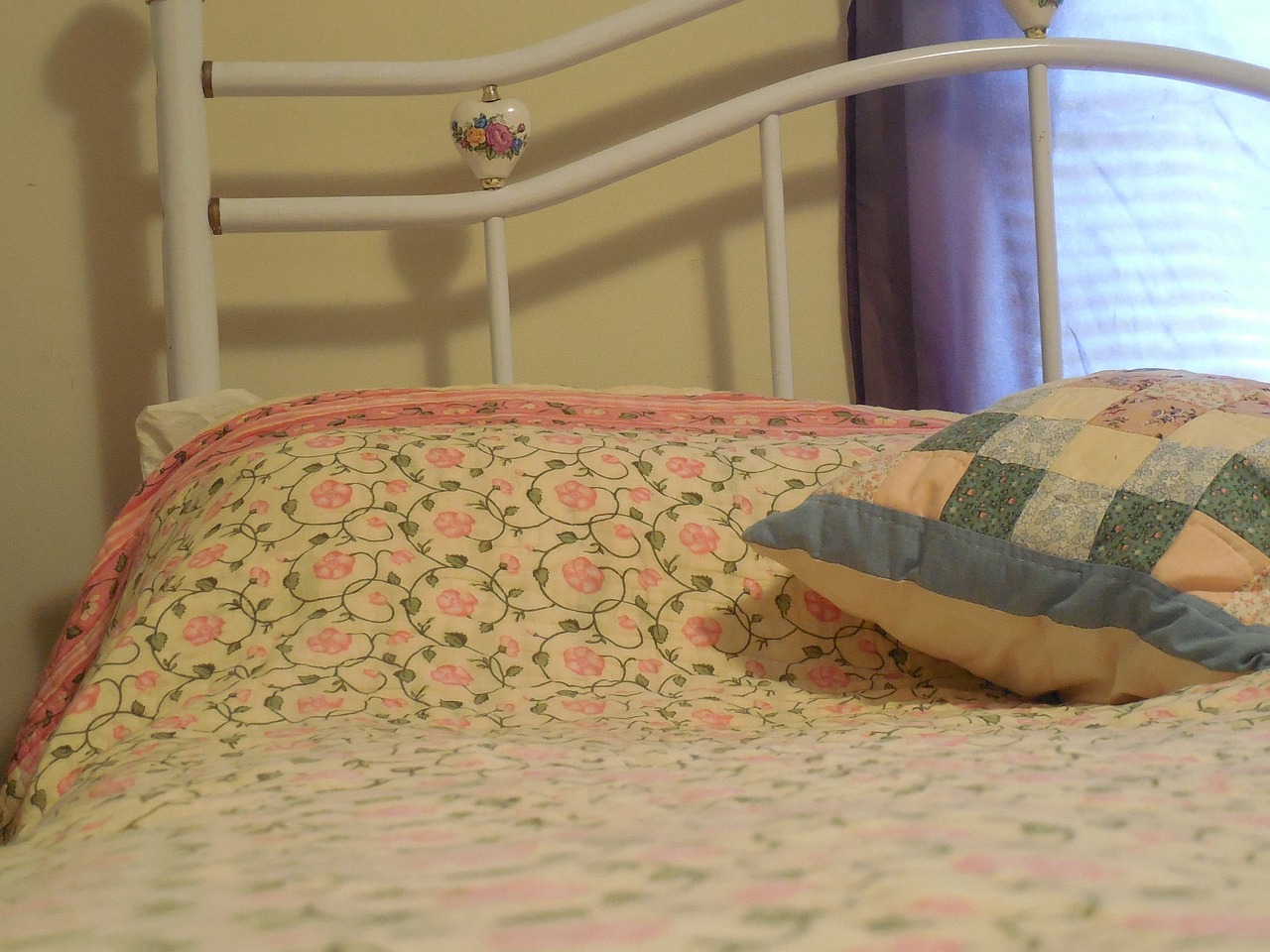
Designing Your Quilt Layout
When it comes to designing your quilt layout, the possibilities are as vast as the ocean! This is where your creativity can truly shine. Think of your quilt as a canvas, and each piece of denim as a brushstroke that contributes to a larger masterpiece. Start by envisioning the overall look you want to achieve. Do you prefer a random patchwork effect, or are you leaning toward a more structured design? The choice is yours, and it can be as simple or as intricate as you desire.
One effective way to approach your quilt layout is to create a mock-up before you start cutting your fabric. You can do this by laying out your denim pieces on a flat surface, arranging them in various configurations until you find a design that resonates with you. This method allows you to visualize how different colors and textures will interact with one another. Don't be afraid to experiment! You might discover that a combination you initially dismissed actually works beautifully.
In terms of patterns, you can consider various styles such as:
- Traditional Patchwork: This involves sewing different pieces of fabric together in a grid-like fashion, creating a classic quilt look.
- Diagonal Layout: Arranging your denim pieces diagonally can add a dynamic feel to your quilt.
- Asymmetrical Design: For those who love modern aesthetics, an asymmetrical layout can create a striking visual impact.
As you design your layout, remember to take into account the size of your quilt. Are you making a cozy throw for your couch, or a larger quilt for your bed? The dimensions will dictate how many pieces you need and how they should be arranged. If you're unsure about sizing, it can be helpful to sketch out your design on graph paper or use quilting software to visualize your layout.
Another important aspect to consider is the balance of colors and textures. You want your quilt to have a cohesive look, so try to distribute lighter and darker shades evenly throughout the design. This will help prevent any one area from feeling too heavy or too sparse. Additionally, think about incorporating different textures from your denim pieces. Mixing smooth and rough fabrics can create visual interest and depth.
Lastly, don’t forget to infuse your personality into the quilt. Consider adding elements that tell your story, such as pockets from your favorite jeans or patches that hold sentimental value. These personal touches not only make your quilt unique but also transform it into a cherished keepsake.
Once you’ve finalized your layout, take a moment to step back and admire your creation. This is your opportunity to express yourself through fabric, and the excitement of bringing your vision to life will only grow as you move forward with your quilting journey!
Q: How do I choose the best layout for my denim quilt?
A: The best layout depends on your personal style and the effect you want to achieve. Experiment with different arrangements and consider using a mock-up to visualize your design.
Q: Can I mix different shades of denim in my quilt?
A: Absolutely! Mixing different shades of denim can enhance the visual appeal of your quilt. Just ensure that the colors are balanced throughout the design.
Q: What size should I make my quilt?
A: The size of your quilt should be determined by its intended use. Measure the space where it will be used, whether it's a bed, couch, or as a decorative throw, and plan accordingly.
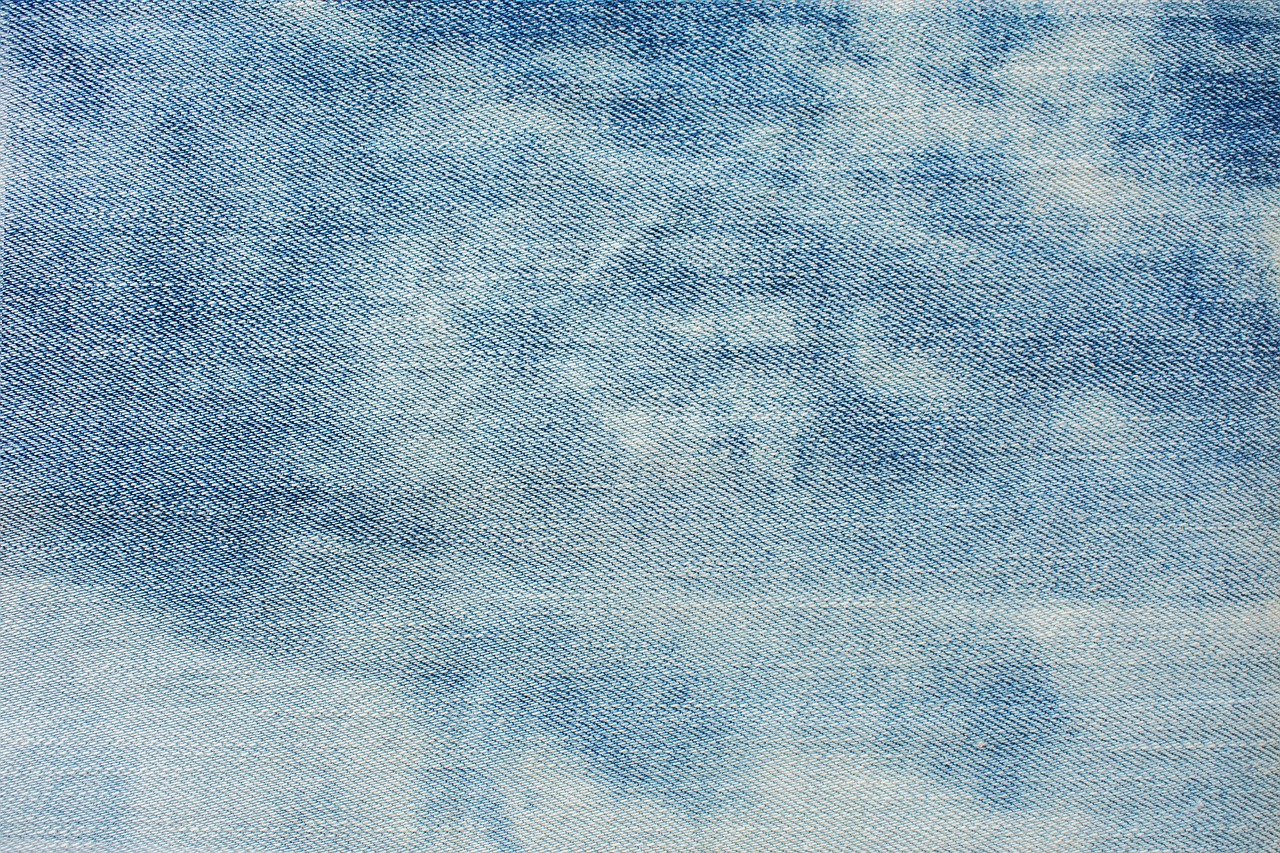
Patchwork Techniques
Patching together pieces of denim to create a stunning quilt is not just about sewing; it's an art form that celebrates creativity and resourcefulness. When you think of , imagine a beautiful tapestry of memories stitched together, each piece telling its own story. Whether you’re a seasoned quilter or a novice, understanding the various techniques can elevate your quilt from ordinary to extraordinary.
One of the most popular patchwork techniques is the classic square patchwork. This involves cutting your denim into uniform squares and arranging them in a grid pattern. The beauty of this technique lies in its simplicity and versatility. You can play with different sizes, colors, and textures to achieve a unique look. For instance, mixing light and dark shades of denim can create a stunning contrast, making your quilt visually appealing.
Another technique worth exploring is the log cabin patchwork. This method involves sewing strips of fabric around a central square, gradually building up layers. It’s a fantastic way to utilize smaller scraps of denim, giving your quilt a rich, textured appearance. The log cabin design not only adds depth but also offers a cozy, homey feel that’s perfect for a quilt intended to keep you warm.
If you’re feeling adventurous, consider trying the improv patchwork technique. This method allows for spontaneity and creativity, as you can cut and sew pieces without a predetermined plan. It’s like a jazz improvisation session, where you let your intuition guide you. The result? A quilt that’s uniquely yours, showcasing the beauty of unexpected combinations. Just remember to keep your edges raw for that authentic, rustic look!
For those who appreciate a more structured approach, the triangle patchwork technique can bring a modern twist to your quilt. By cutting your denim into triangles and arranging them in a geometric pattern, you can create a visually striking design that’s both contemporary and timeless. This method often requires a bit more precision, but the end result is worth the effort. Imagine a quilt that not only warms your body but also serves as a statement piece in your home.
Lastly, don’t forget to incorporate appliqué techniques into your patchwork. This involves sewing smaller pieces of denim onto a larger fabric base, allowing you to create intricate designs or even add personal touches like initials or symbols that hold special meaning to you. Appliqué can transform a simple quilt into a canvas of your life’s stories, making it a cherished heirloom for years to come.
As you explore these patchwork techniques, remember that the key to a successful quilt is your personal touch. Whether it’s the choice of denim, the patterns you create, or the memories you stitch into each piece, your quilt will reflect your unique journey. So gather your materials, unleash your creativity, and let your denim patchwork quilt tell your story!
- What type of denim is best for quilting? Generally, medium to heavy-weight denim works best as it provides durability and structure.
- How do I wash my denim before quilting? It's best to wash your denim in cold water and dry it on a low setting to prevent shrinkage.
- Can I mix different colors and textures of denim? Absolutely! Mixing different shades and textures can add depth and visual interest to your quilt.
- What sewing machine settings should I use for denim? Use a heavier needle (like a size 90/14) and a longer stitch length for best results.
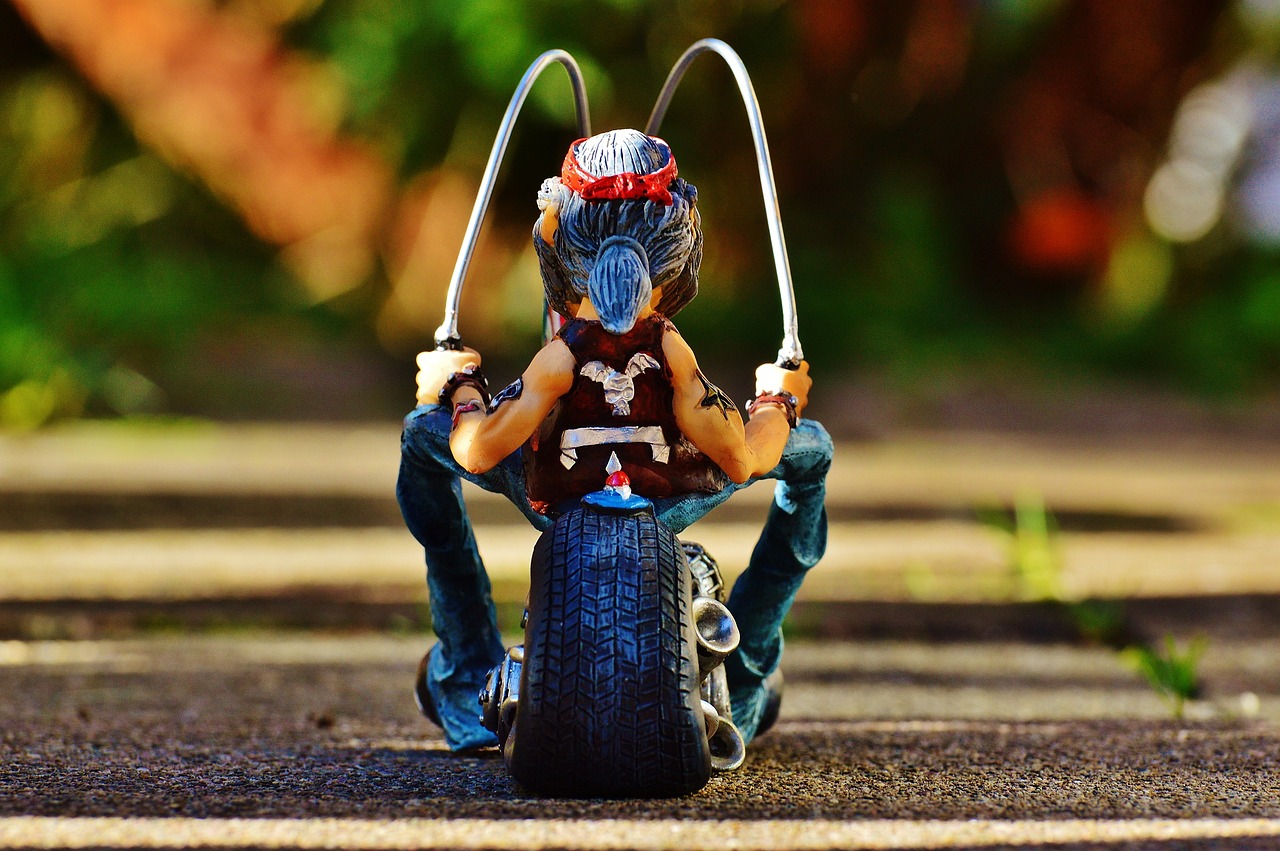
Incorporating Personal Touches
When it comes to quilting, incorporating personal touches can transform a simple project into a cherished keepsake. Think of your quilt as a canvas where each piece tells a story, reflecting your experiences and memories. One of the most delightful ways to personalize your quilt is by including elements that hold sentimental value. For instance, consider using the pockets from your old jeans. Not only do they add a unique texture, but they can also serve as functional storage for small items or even as a hidden surprise for your loved ones.
Another fantastic idea is to integrate patches from your favorite band, sports team, or even family heirlooms. These patches can evoke nostalgia and spark conversations, making your quilt a focal point in your home. Imagine curling up under a quilt that not only keeps you warm but also brings back fond memories every time you see it. You can also add embroidered messages or dates that signify important moments in your life, such as anniversaries, birthdays, or milestones.
Moreover, if you're feeling particularly crafty, consider using fabric paints or markers to create custom designs on your denim pieces. This could be anything from hand-drawn doodles to meaningful quotes that resonate with you. The beauty of this approach is that it allows your creativity to shine through, making your quilt truly one-of-a-kind.
Don't forget about color! Mixing and matching different shades of denim can create a visually stunning effect. You might even want to incorporate some contrasting fabrics, like cotton or flannel, to enhance the overall look of your quilt. Just remember, the goal is to create a piece that feels authentic to you.
Incorporating personal touches is not just about aesthetics; it's about weaving your story into the fabric of your quilt. This is what makes it special. So, as you embark on this creative journey, take a moment to reflect on what elements truly represent you. Whether it's a favorite pair of jeans that have seen countless adventures or a patch that reminds you of a cherished memory, these details will breathe life into your quilt, making it a treasured item for years to come.
- What types of personal touches can I add to my denim quilt? You can include pockets, patches, embroidered messages, and even custom designs using fabric paints.
- Can I mix different types of fabric with denim? Absolutely! Incorporating contrasting fabrics like cotton or flannel can enhance the overall aesthetic of your quilt.
- How do I ensure my quilt lasts a long time? Select high-quality denim, use sturdy stitching techniques, and follow proper care instructions to maintain its durability.

Sewing Your Denim Quilt
Once you’ve gathered all your denim pieces and finalized your quilt design, it’s time to dive into the exciting process of sewing your denim quilt. This is where your creative vision truly comes to life! But hold on, before you start stitching away, there are a few important techniques and tips you should keep in mind to ensure your quilt turns out beautifully and lasts for years to come.
First off, let’s talk about the importance of choosing the right stitch. Denim is a sturdy fabric, and using the right stitch can significantly enhance the durability of your quilt. A few popular stitching options include:
- Straight Stitch: This is the most common stitch and works well for most sewing projects, including quilts. It provides a strong seam that holds the layers together.
- Zigzag Stitch: This stitch is great for preventing fraying at the edges of your denim pieces. It adds a decorative touch while keeping your quilt intact.
- Double Stitch: For those who want extra strength, a double stitch can be your best friend. It involves sewing over the same line twice, providing added security.
Now, let’s discuss the sewing process itself. Begin by laying out your quilt pieces according to your design. It’s helpful to pin them in place to avoid any shifting while you sew. When you’re ready, start sewing from one corner and work your way across the quilt. Remember to use a denim needle in your sewing machine, as it’s specifically designed to handle thick fabrics. This will make your sewing experience much smoother!
As you sew, don’t forget to keep a consistent seam allowance. A common seam allowance for quilting is ¼ inch, but you can adjust this based on your design. If you’re using different denim weights, it’s wise to frequently check the alignment of your pieces to ensure everything stays even. And here’s a little pro tip: use a walking foot if you have one! This attachment helps to feed multiple layers of fabric evenly through the machine, reducing the risk of puckering.
Once you've sewn all your pieces together, it’s time for the finishing touches. This is where your quilt can truly shine! Consider adding a border around your quilt to frame your design. You can choose a contrasting denim color or even a patterned fabric for a pop of interest. After that, it’s time to bind the edges. Binding not only gives your quilt a polished look but also protects the raw edges. You can opt for a bias tape or create your own binding from leftover denim scraps.
Finally, don’t forget to personalize your quilt even further. Adding decorative elements like embroidered patches, buttons, or even fabric paint can make your quilt a true reflection of your personality. Remember, this quilt is more than just a blanket; it’s a canvas for your creativity!
Q: Can I use any type of denim for my quilt?
A: While you can use any denim, it’s best to choose jeans that are in good condition. Avoid heavily worn or torn areas, as they may not hold up well in a quilt.
Q: How do I wash my quilt after it’s finished?
A: It’s recommended to wash your quilt in cold water on a gentle cycle. Hang it to dry or tumble dry on low heat to prevent any shrinkage.
Q: Can I mix different shades of denim?
A: Absolutely! Mixing different shades can create a beautiful, textured look. Just be mindful of the overall color scheme to maintain harmony.

Choosing the Right Stitch
When it comes to sewing your denim quilt, selecting the right stitch is crucial for ensuring not only the durability of your quilt but also its aesthetic appeal. Denim is a heavy fabric, and using the wrong stitch can lead to seams that are either too tight, causing the fabric to pucker, or too loose, which might result in the seams unraveling over time. So, how do you choose the perfect stitch for your denim project?
First, consider the type of sewing machine you have. Most modern machines come equipped with a variety of stitch options, but for denim, you’ll want to focus on a few specific types. The straight stitch is the most common and works well for most seams. However, if you're looking for added strength, the zigzag stitch is a fantastic option. It allows for some stretch, which is especially useful if your quilt will see a lot of movement or wear.
Another popular choice among quilters is the triple stitch. This stitch is essentially a straight stitch that takes three passes, creating a thicker seam that can withstand the test of time. It’s perfect for areas that might experience stress, such as the corners of your quilt or where different pieces of denim are joined together. If you're feeling adventurous, you might also explore decorative stitches, which can add a unique flair to your quilt while providing additional security to the seams.
For those who are new to sewing with denim, it’s advisable to use a denim needle. These needles have a stronger shaft and a sharper point, making it easier to penetrate multiple layers of thick fabric. Pairing the right needle with your chosen stitch can make all the difference in your quilting experience.
Here's a quick comparison of some stitch options:
| Stitch Type | Best For | Strength |
|---|---|---|
| Straight Stitch | Basic seams | Good |
| Zigzag Stitch | Stretchy seams | Excellent |
| Triple Stitch | High-stress areas | Very Strong |
| Decorative Stitch | Adding flair | Varies |
Ultimately, the choice of stitch will depend on your personal quilting style and the specific demands of your project. Don't hesitate to experiment with different stitches on scrap pieces of denim before committing to your quilt. This practice will help you understand how each stitch behaves with the fabric, ensuring you make an informed decision that will lead to a stunning, durable quilt.
- What type of needle should I use for sewing denim? A denim needle is recommended for its strength and sharpness.
- Can I use a regular sewing machine for denim? Yes, but ensure you have the right needle and thread to handle the thickness.
- How do I prevent my seams from puckering? Use a straight stitch and don't pull the fabric while sewing.
- Is it necessary to pre-wash the denim? Yes, pre-washing helps to prevent shrinkage and removes any chemicals from the fabric.
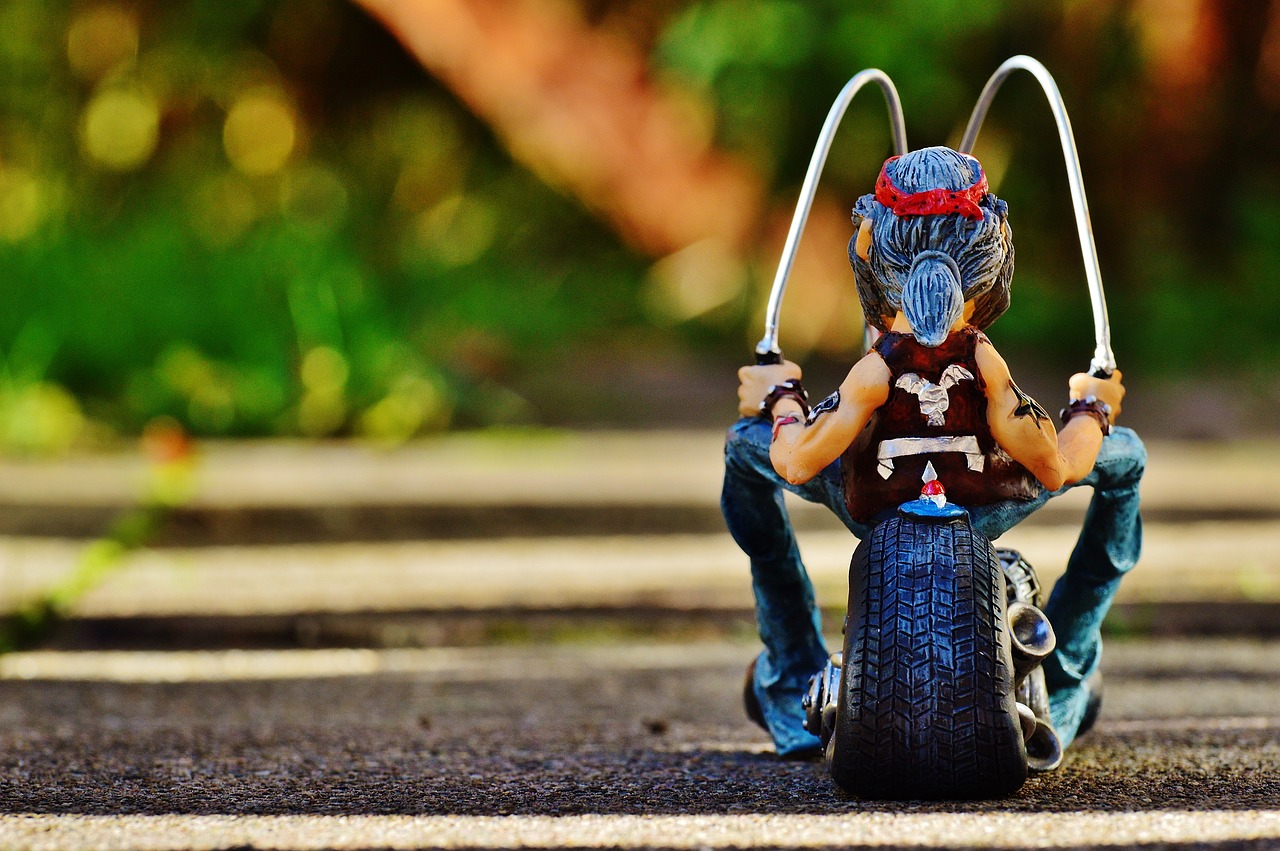
Finishing Touches
After all the hard work you've put into creating your denim quilt, it's time to focus on the . These final details can elevate your quilt from a simple project to a stunning piece of art that you'll cherish for years to come. One of the first things to consider is the binding. Binding not only secures the edges of your quilt but also adds a decorative element. You can choose a fabric that contrasts beautifully with your denim or one that complements it for a cohesive look. The choice is yours!
When it comes to binding, you have a couple of options: you can either sew on a bias binding or create your own from leftover denim scraps. A bias binding, cut on the diagonal, allows for more flexibility around the corners, making it easier to achieve a polished finish. If you decide to make your own binding, simply cut strips of denim, sew them together, and press them flat. Remember, the width of your binding will affect the final look, so choose a width that suits your style—typically, 2.5 inches works well.
Next, let’s talk about decorative elements. These can be anything from simple embroidery to more complex appliqué designs. Adding embroidery can be a delightful way to personalize your quilt. Consider stitching your initials, a meaningful date, or even little motifs that reflect your personality. If you’re feeling adventurous, you can even incorporate patches from your favorite jeans or other clothing items that hold sentimental value. This not only adds character but also tells a story through your quilt.
Another fantastic finishing touch is to add a label to your quilt. This can be a simple piece of fabric with your name, the date of completion, and perhaps a little note about the quilt's story or the jeans used. A label not only personalizes your quilt but also makes it a cherished keepsake for future generations.
Lastly, don’t forget about the quilt care. After all the time and effort you've invested, you want to ensure it stays beautiful. Consider washing your quilt in cold water on a gentle cycle and air drying it to prevent any shrinkage or fading. This way, you can enjoy your quilt for many cozy nights to come!
Here are some common questions people have about finishing touches on their denim quilts:
- What type of thread should I use for sewing denim? It's best to use a heavy-duty thread, such as polyester or cotton-wrapped polyester, which can handle the thickness of denim.
- Can I machine wash my denim quilt? Yes, but it's advisable to wash it on a gentle cycle in cold water and air dry it to maintain its quality.
- How do I prevent my quilt from fraying? Using a zigzag stitch or serging the edges can help prevent fraying, especially if you're working with raw edges.
Frequently Asked Questions
-
What materials do I need to refashion old jeans into a quilt?
To get started on your denim quilt, you'll need old jeans, a rotary cutter or scissors, a cutting mat, a sewing machine, thread, and possibly some batting or backing fabric. Don't forget to gather any personal embellishments you want to include, like patches or buttons, to give your quilt that unique touch!
-
How do I choose the right jeans for my quilt?
Selecting the right jeans is essential for achieving the look you want. Look for jeans with various shades, textures, and patterns. Mixing lighter and darker denims can create a beautiful contrast. Also, check the condition of the jeans; avoid those with too much wear or damage unless you're aiming for a distressed look.
-
Can I use jeans of different colors and textures?
Absolutely! Using jeans of different colors and textures can enhance the visual appeal of your quilt. Just ensure that the colors complement each other. Think of it like creating a beautiful painting—each piece adds to the overall masterpiece!
-
How do I prepare my denim before sewing?
Preparation is key! Start by washing your jeans to remove any dirt or chemicals. Once dry, cut them into the desired shapes and sizes for your quilt. Make sure to iron the pieces to eliminate wrinkles, which can interfere with your sewing process.
-
What sewing techniques work best for denim quilts?
When sewing denim, consider using a strong needle, like a denim or jeans needle, and a longer stitch length to prevent the fabric from bunching. A zigzag stitch can also add durability to your seams. Remember, denim is thicker than regular fabric, so be patient and adjust your machine settings as needed!
-
How can I add personal touches to my quilt?
Personal touches make your quilt truly yours! Consider incorporating pockets from the jeans, adding patches that have sentimental value, or even sewing in a few pieces of fabric from other clothing items that hold memories. These details will not only make your quilt functional but also a cherished keepsake.
-
What are some finishing touches I should consider?
Finishing touches can elevate your quilt's overall look. Consider binding the edges with contrasting fabric for a pop of color or adding decorative stitching along the seams. You might also want to include labels or tags that tell the story of your quilt—it's like signing your artwork!


